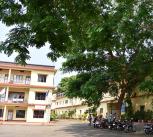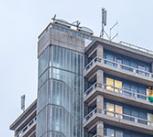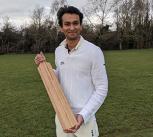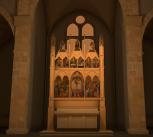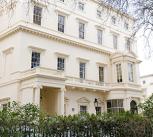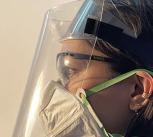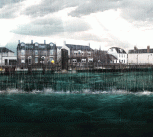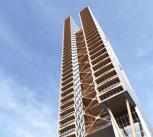Wrong trees in the wrong place can make cities hotter at night, study reveals
10 December 2024While trees can cool some cities significantly during the day, new research shows that tree canopies can also trap heat and raise temperatures at night. The study aims to help urban planners choose the best combinations of trees and planting locations to combat urban heat stress.

